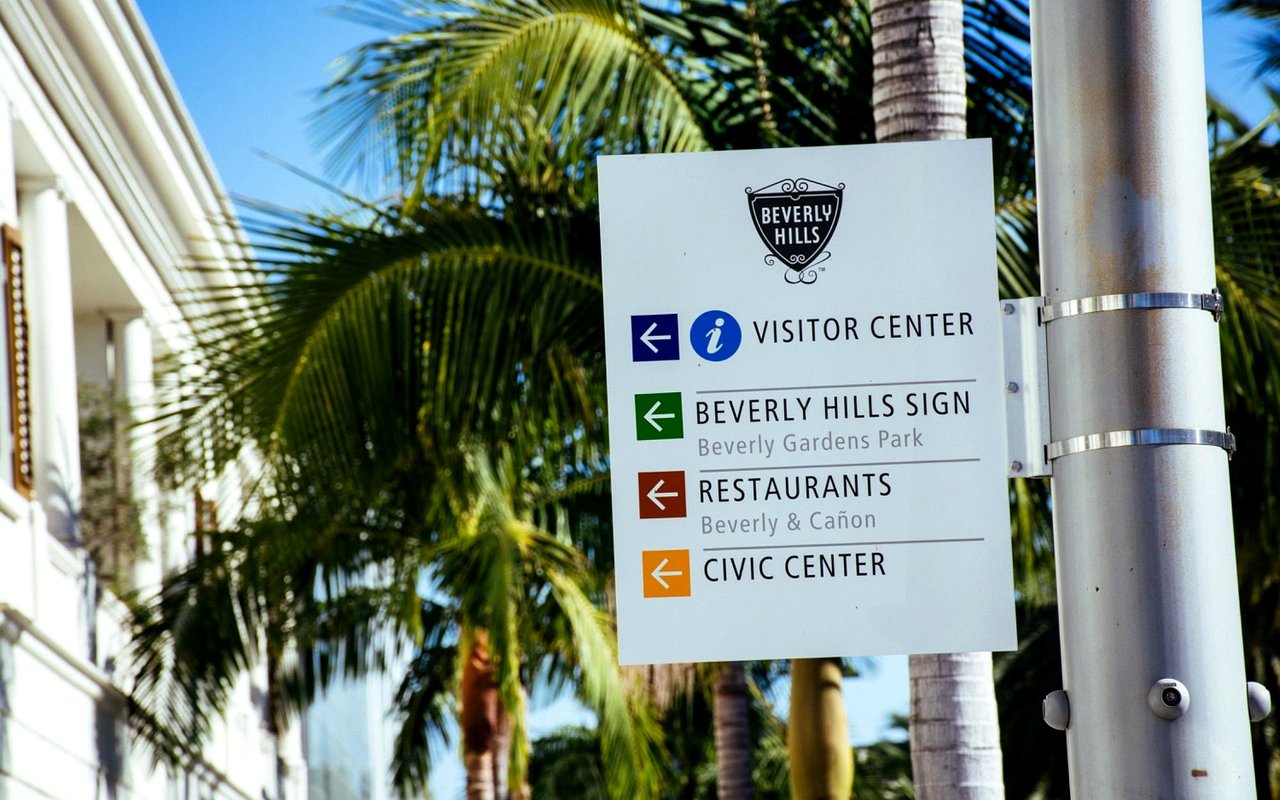In the dynamic realm of real estate, the timing of buying and selling homes can significantly influence market conditions and outcomes. This phenomenon, known as home sales seasonality, plays a crucial role in shaping supply, demand, and pricing trends throughout the year. This guide unveils how seasonal fluctuations impact the real estate market so stakeholders—from buyers and sellers to agents and investors—can make informed decisions to navigate these variations effectively.
The Influence of Seasonal Changes on Buyer Behavior
Home sales seasonality is primarily driven by shifts in buyer behavior, which are influenced by various external factors such as weather patterns, school schedules, and holidays. Traditionally, spring and summer are peak seasons for home sales in many regions. During these warmer months, potential buyers often find themselves more motivated to explore the market due to favorable weather conditions and the convenience of moving before the start of a new school year. This surge in buyer activity typically leads to increased competition among buyers, driving up demand and prices.
Fall and winter often witness a decline in home sales activity. The colder weather and approaching holidays deter many potential buyers from actively participating in the market. As a result, inventory may accumulate, and sellers may face longer listing periods or adjust prices to attract scarce buyers. Understanding these seasonal fluctuations is crucial for sellers who must strategically time their listings to align with periods of heightened buyer interest.
Fall and winter often witness a decline in home sales activity. The colder weather and approaching holidays deter many potential buyers from actively participating in the market. As a result, inventory may accumulate, and sellers may face longer listing periods or adjust prices to attract scarce buyers. Understanding these seasonal fluctuations is crucial for sellers who must strategically time their listings to align with periods of heightened buyer interest.
Regional Variations and Local Market Dynamics
While the general pattern of home sales seasonality holds true across many regions, local market dynamics can introduce variations that deviate from the norm. Factors such as geographical location, economic conditions, and housing supply levels all shape how seasonality manifests in a specific area. For instance, regions with milder climates may experience more consistent year-round buyer interest compared to areas where weather extremes impact mobility and housing conditions.
Economic factors such as job growth, interest rates, and consumer confidence can significantly influence home sales independent of seasonal trends. In booming economies, for example, demand for housing may remain robust even during typically slower periods. In contrast, economic downturns can amplify seasonal fluctuations by dampening buyer confidence and reducing purchasing power.
Economic factors such as job growth, interest rates, and consumer confidence can significantly influence home sales independent of seasonal trends. In booming economies, for example, demand for housing may remain robust even during typically slower periods. In contrast, economic downturns can amplify seasonal fluctuations by dampening buyer confidence and reducing purchasing power.
The Role of Inventory and Pricing Strategies
Home sales seasonality also profoundly affects the real estate market’s inventory levels and pricing strategies. During peak seasons, when buyer demand escalates, inventory may tighten as the number of available homes fails to keep pace with increased buyer interest. This imbalance often results in multiple offers and bidding wars, prompting sellers to set higher listing prices and negotiate more favorable terms.
Conversely, the offseason sees a surplus of inventory as fewer buyers actively engage in the market. To remain competitive, sellers may adjust their pricing strategies by lowering listing prices or offering incentives to attract hesitant buyers. Understanding these cyclical patterns enables real estate professionals to advise clients on setting realistic pricing expectations and crafting effective marketing strategies tailored to prevailing market conditions.
Conversely, the offseason sees a surplus of inventory as fewer buyers actively engage in the market. To remain competitive, sellers may adjust their pricing strategies by lowering listing prices or offering incentives to attract hesitant buyers. Understanding these cyclical patterns enables real estate professionals to advise clients on setting realistic pricing expectations and crafting effective marketing strategies tailored to prevailing market conditions.
Strategic Considerations for Buyers and Sellers
For buyers, navigating home sales seasonality involves timing their purchasing decisions to capitalize on favorable market conditions. While peak seasons may offer a broader selection of homes, competition can be fierce, necessitating quick decisions and potentially higher offers. Alternatively, buyers exploring the market during offseasons may benefit from reduced competition and greater negotiating leverage, albeit with a more limited inventory.
On the other hand, sellers must strategically time their listings to maximize exposure and attract motivated buyers. Leveraging peak seasons can result in faster sales and potentially higher offers, provided pricing and marketing efforts are aligned with prevailing market trends. During offseasons, sellers may need patience and flexibility in adjusting their strategies to accommodate slower market dynamics while maintaining competitive pricing.
On the other hand, sellers must strategically time their listings to maximize exposure and attract motivated buyers. Leveraging peak seasons can result in faster sales and potentially higher offers, provided pricing and marketing efforts are aligned with prevailing market trends. During offseasons, sellers may need patience and flexibility in adjusting their strategies to accommodate slower market dynamics while maintaining competitive pricing.
The Impact of External Factors on Seasonal Trends
Beyond traditional seasonal influences, external factors such as governmental policies, regulatory changes, and global economic events can significantly impact home sales seasonality. For example, shifts in mortgage rates or tax incentives can stimulate or suppress buyer activity regardless of the time of year. Similarly, unforeseen events such as natural disasters or pandemics can disrupt standard seasonal patterns by altering consumer behavior and market dynamics.
Staying informed about these external influences allows real estate professionals to adapt their strategies proactively, mitigate risks, and capitalize on emerging opportunities. By monitoring both internal market dynamics and external factors, stakeholders can make data-driven decisions that optimize outcomes in a fluctuating real estate landscape.
Staying informed about these external influences allows real estate professionals to adapt their strategies proactively, mitigate risks, and capitalize on emerging opportunities. By monitoring both internal market dynamics and external factors, stakeholders can make data-driven decisions that optimize outcomes in a fluctuating real estate landscape.
Navigating the Evolving Real Estate Market
Home sales seasonality is a fundamental aspect of the real estate market that influences buyer behavior, inventory levels, pricing strategies, and overall market dynamics. Understanding the ebb and flow of seasonal trends empowers stakeholders to make informed decisions that align with prevailing market conditions and maximize their outcomes—whether buying, selling, or investing in residential properties.
Discover Your Ideal Home with LA Luxuries
While home sales seasonality introduces cyclical patterns into the market, its predictability allows savvy stakeholders to capitalize on opportunities and adapt to evolving conditions effectively. By embracing a nuanced understanding of seasonal influences, stakeholders can navigate the ever-changing real estate landscape with confidence and success.
Ready to navigate the nuances of home sales seasonality and find your dream property? Whether you're buying or selling, don't miss out on seasonal opportunities—contact LA Luxuries to help you make informed decisions and achieve your real estate goals. Reach out now and start your journey toward finding the perfect home in Los Angeles.
Ready to navigate the nuances of home sales seasonality and find your dream property? Whether you're buying or selling, don't miss out on seasonal opportunities—contact LA Luxuries to help you make informed decisions and achieve your real estate goals. Reach out now and start your journey toward finding the perfect home in Los Angeles.




